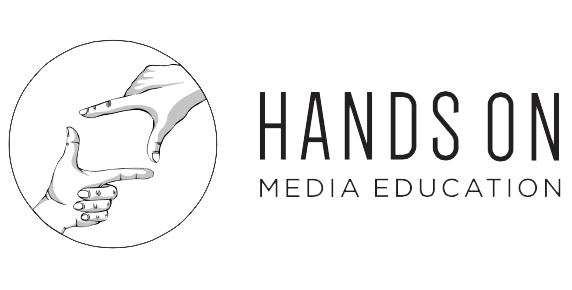Today's students, today's needs: key areas of specialization for educators' professional development
The end of June marks the final days of classes for elementary and secondary students in most school boards throughout Canada and the US. As educators consider professional development opportunities for the new school year beginning in September, it’s important to keep in mind that the most effective professional development is the kind that helps educators focus on the needs of their students.
What are the most pressing needs of today’s young people? Are there gaps in your curriculum that could be filled by addressing emerging contemporary topics and skills? Obviously, the convenience, ubiquity, and constant access to mobile digital devices have strongly impacted the ways in which we communicate with, interact with, and analyze the world around us. Critical media literacy and an understanding of digital media technology are crucial skills for today’s young people to develop, and many school boards have yet to formalize these subjects into their core curricula.
Teaching students about digital storytelling, audio-visual production, new communications technologies, digital animation, critical media literacy, and the history and current state of media creation has been shown to have many positive effects. These effects include: mindful technology use (not just passive, distracted browsing of the internet or social media, but active engagement in, and production of, original content), technical troubleshooting (including learning new software and managing archives of digital content), and real-world digital production skills (as all businesses are increasingly required to have an online presence, digital marketing content creation such as image editing and video production have become highly sought-after workplace skills). Not convinced? Just take a look at this charming and thought-provoking personal essay from educator Paul Barnwell in Louisville, Kentucky. After he initiated a digital storytelling project in his classroom, his students felt like “trailblazers” and gained the confidence to “become the authors of their own lives.” Mr. Barnwell rightly warns that “if we don't consider and carefully plan what skills students are learning and practicing by employing technology in the classroom, we're doing our students a disservice."
If you’re an educator at the elementary or secondary levels, and particularly specializing in art, language, literature, music, theatre, science and technology, history, or social studies, you can have a great impact on your students’ media education by helping them to create and modify images, plan and organize ideas through storyboards, write scripts, perform in front of cameras, design and produce web content, or report news stories.
Not sure where to start? Check out Hands On Media’s Professional Development workshops, or inquire about Custom Training sessions for educators in a particular area of specialization. Contact us at #514.659.3814 or info@handsonmediaeducation.com and we can help you understand and tailor your professional development goals to meet the current (and future!) needs of your students in a saturated and stimulating digital media landscape.
We wish all our educators, their students, and our community partners a happy and eventful summer break!

